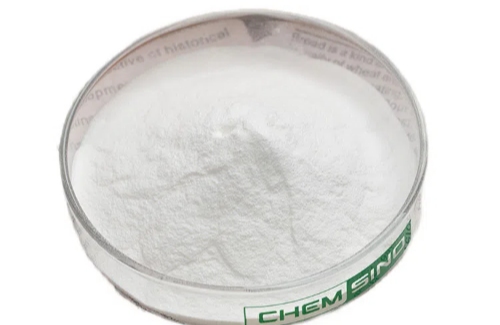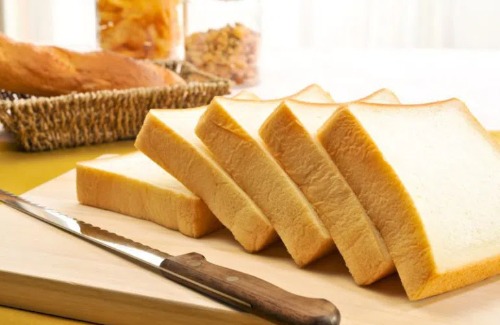Top 5 Food Emulsifiers for Confectionery Production
20 Sep 2024
Emulsifiers for confectionery is highly important to ensure smooth textures, stability, and shelf life for creating excellent sweets, chocolates, and baked goods. These additives help blend ingredients like fats, oils, and water, which would otherwise separate. Choosing the right food emulsifier is critical for producing consistent, delicious, and long-lasting confectionery products. In this article, we'll explore the top 5 emulsifiers used in confectionery production, their benefits, and how they enhance the quality of various confectionery products.








 vs_ Sorbitan Esters in Margarine Applications.jpg)

